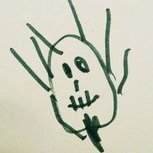-
Similar Content
-
- 0 replies
- 389 views
-
- 0 replies
- 368 views
-
- 2 replies
- 428 views
-
- 0 replies
- 345 views
-
- 2 answers
- 658 views
-
-
Recently Browsing 0 members
- No registered users viewing this page.




Recommended Posts